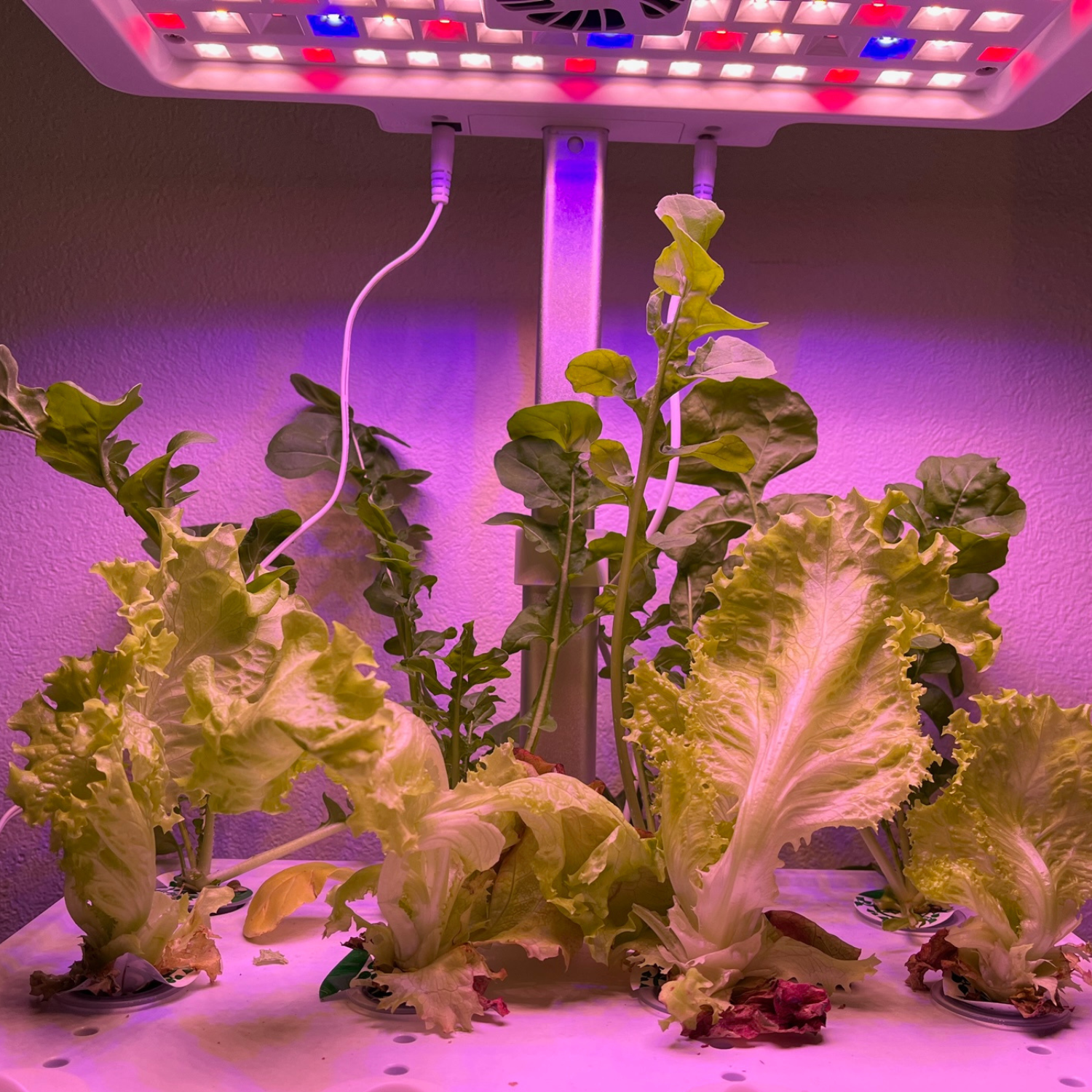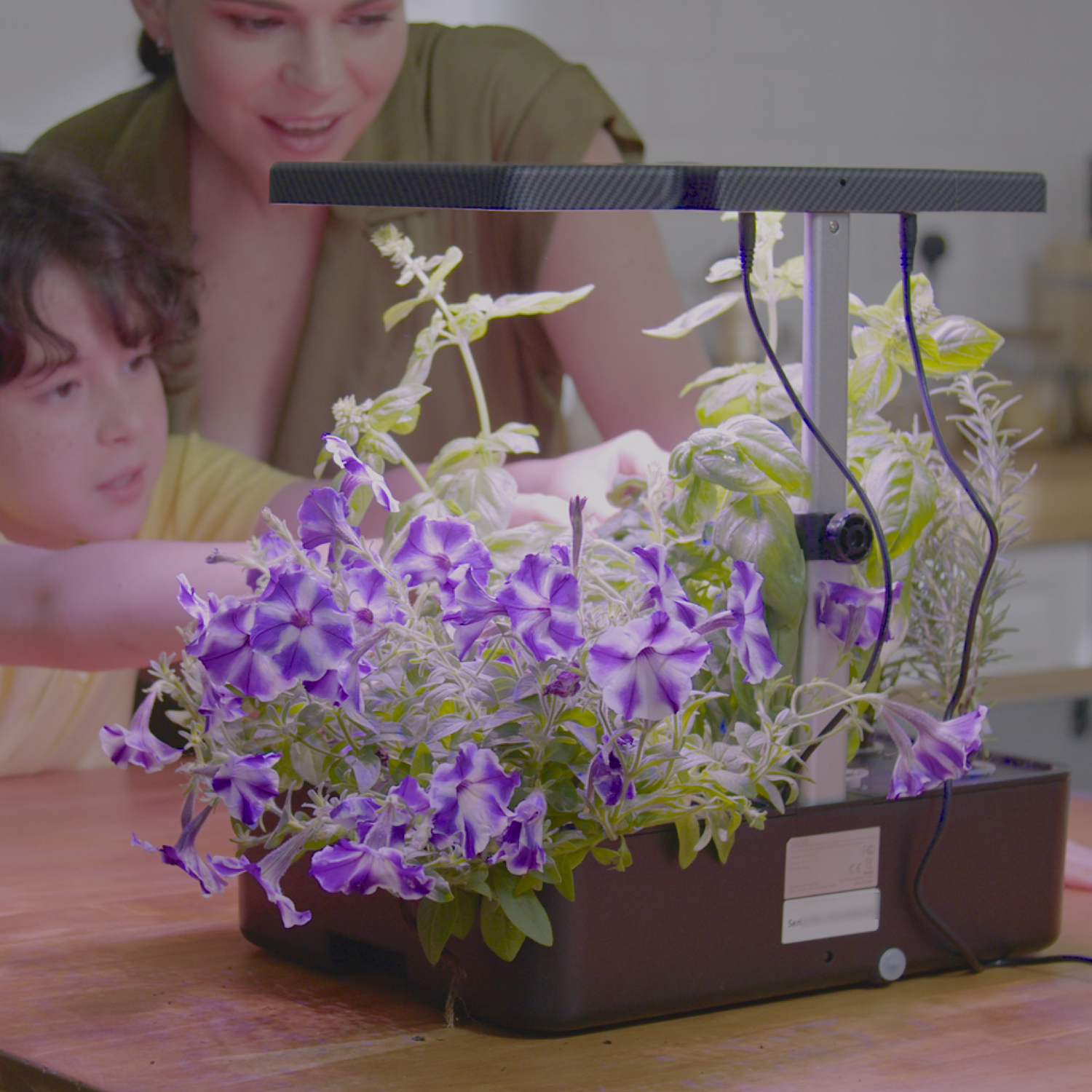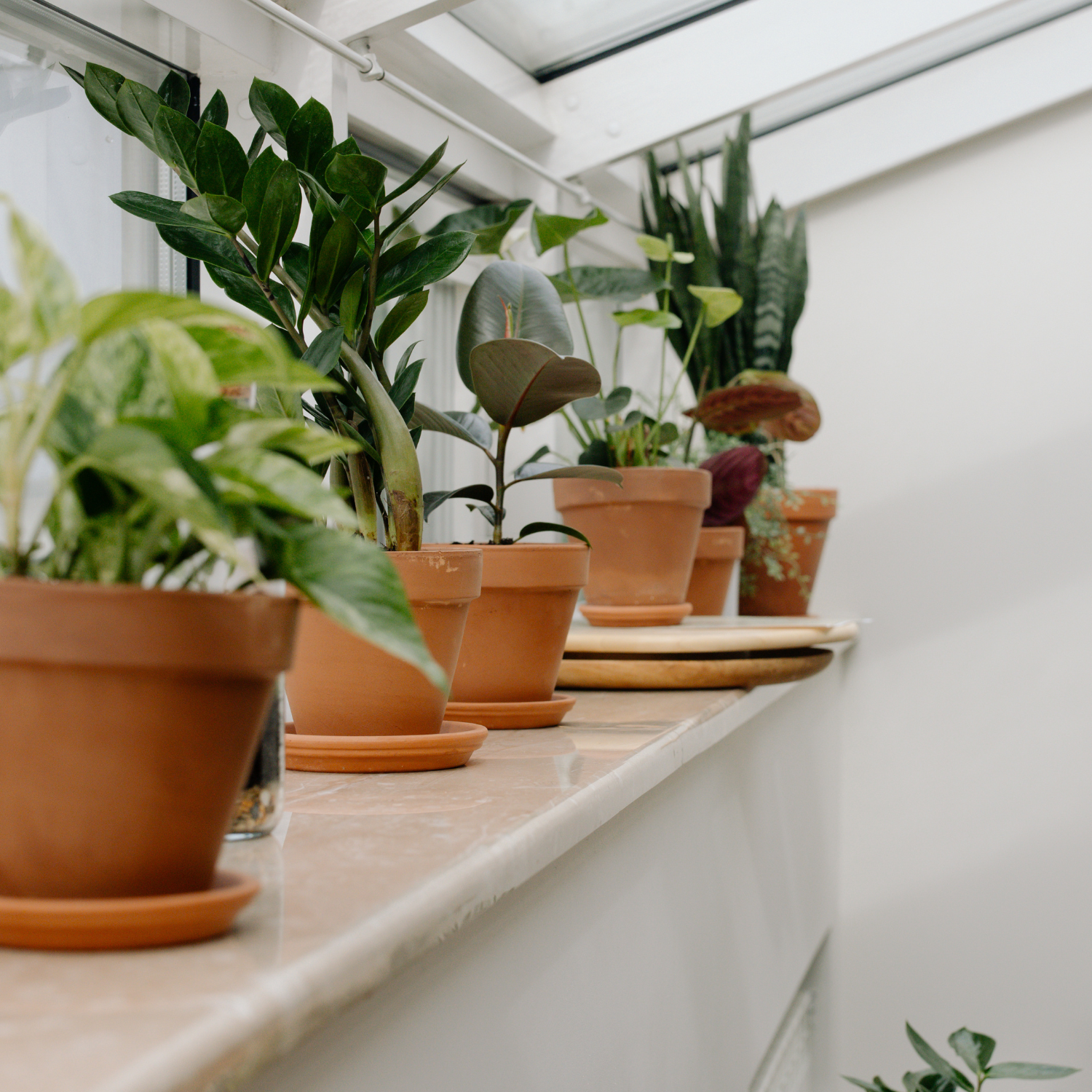Are you tired of being limited to only growing fruits and vegetables during specific seasons? Do you want to extend your growing season and harvest fresh produce all year round? Hydroponic systems may be the solution you’ve been searching for. In this article, we’ll explore what hydroponic systems are, how they work, and the benefits they offer for year-round growing.
Introduction to Hydroponic Systems
Hydroponics is a modern method of growing plants without soil. Instead of soil, plants are grown in a nutrient-rich water solution that is continuously circulated. The plants are supported by various materials such as coconut coir, perlite, vermiculite, or even air.
Hydroponic systems can be used to grow a wide range of plants, from leafy greens and herbs to fruits and vegetables. This method of growing is becoming increasingly popular due to its many benefits.

The Benefits of Hydroponic Systems
Year-Round Growing
One of the biggest benefits of hydroponic systems is the ability to grow plants year-round. This is because hydroponic systems provide an optimal growing environment regardless of the season. With hydroponic systems, you can grow plants indoors or outdoors, making it possible to grow fresh produce even in areas with harsh climates.
Water Conservation
Hydroponic systems use significantly less water than traditional farming methods. This is because the water in hydroponic systems is constantly recirculated, which means less water is wasted. Additionally, the plants in hydroponic systems only consume the water and nutrients they need, resulting in less water usage overall.
Increased Yield and Faster Growth
Plants grown in hydroponic systems tend to grow faster and produce higher yields than those grown in soil. This is because hydroponic systems provide plants with precisely what they need to thrive, including water, nutrients, and oxygen. As a result, plants can grow up to 25% faster and produce up to 30% more than those grown in soil.
Pest and Disease Control
Hydroponic systems are also beneficial for pest and disease control. Since there is no soil involved, many soil-borne pests and diseases are eliminated. Additionally, hydroponic systems are often grown indoors or in greenhouses, which allows for better control over pests and diseases.
How Hydroponic Systems Work
Now that we’ve covered the benefits of hydroponic systems, let’s take a closer look at how they work.
Types of Hydroponic Systems
There are several types of hydroponic systems, including:
- Deep Water Culture (DWC)
- Drip System
- Nutrient Film Technique (NFT)
- Aeroponics
- Ebb and Flow
Each system has its own unique setup and requires different levels of maintenance.
The Basic Components of a Hydroponic System
Regardless of the type of system, all hydroponic systems have some basic components, including:
- Reservoir: a container to hold the nutrient solution
- Pump: to circulate the nutrient solution
- Grow Tray: where the plants are grown
- Growing Medium: material that supports the plants and allows the roots to access the nutrient solution
- pH and EC Meter: to measure and adjust the pH and nutrient levels of the solution
The Hydroponic Growing Process
The hydroponic growing process involves several steps, including:
- Preparing the nutrient solution
- Filling the reservoir with the nutrient solution
- Planting the seeds or seedlings in the growing medium
- Placing the grow tray on top of the reservoir
- Connecting the pump to the grow tray and turning it on
- Monitoring and




Leave a comment
This site is protected by hCaptcha and the hCaptcha Privacy Policy and Terms of Service apply.